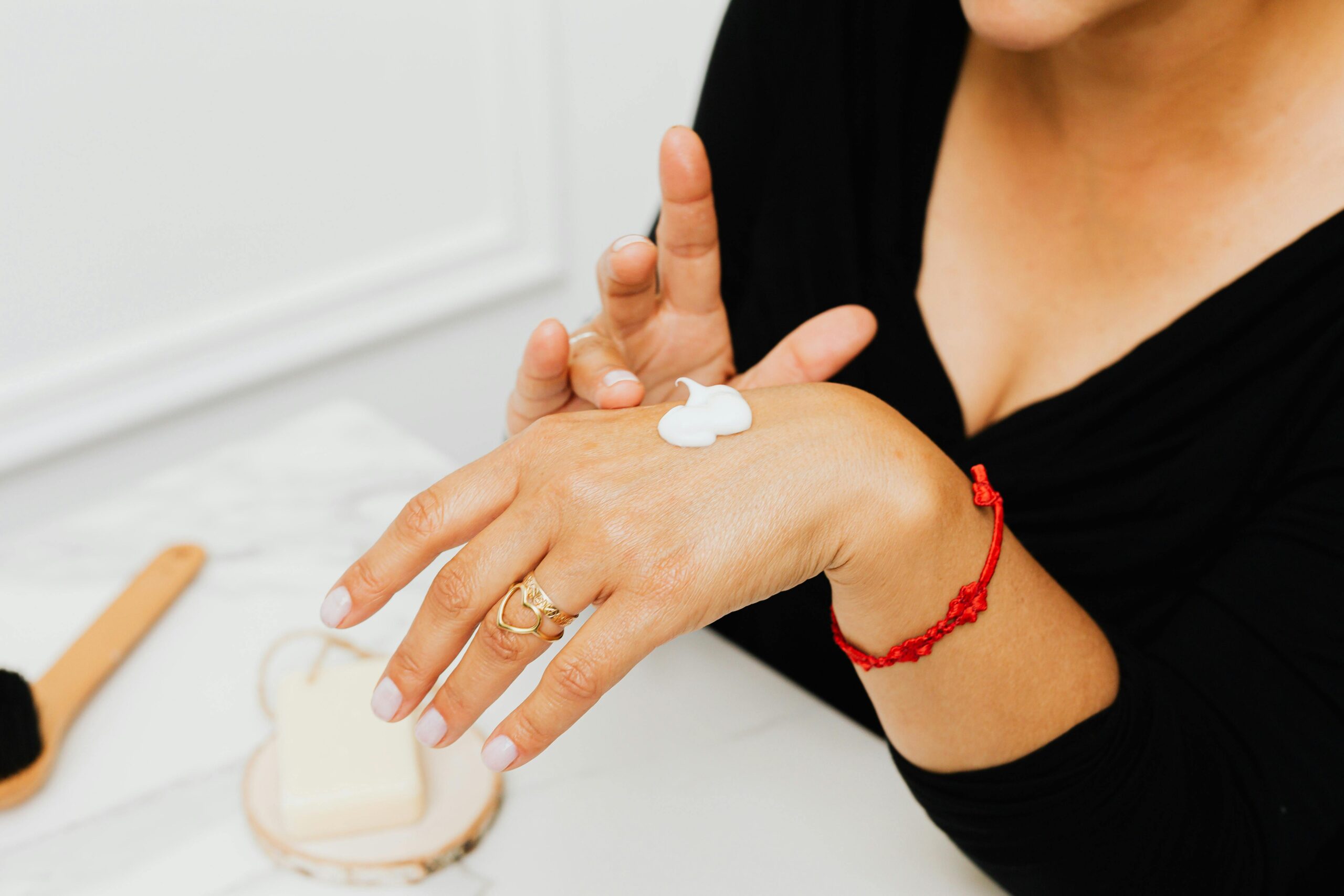Your cart is currently empty!

Skin Moisturizer? Learn How to Heal with DIY Homemade Remedies
In an era where skincare products are aplenty, many individuals are turning to DIY homemade remedies for skin moisturization. Not only are these solutions often more affordable, but they can also be made from natural ingredients that are gentler on the skin. This article explores various homemade skin moisturizers, their benefits, and the science behind their effectiveness.
Why Choose DIY Skin Moisturizers?
Benefits of Homemade Remedies
- Cost-Effective: Homemade moisturizers typically cost less than commercial products.
- Natural Ingredients: You have complete control over what goes into your skincare, avoiding harmful chemicals.
- Customization: You can tailor recipes to your skin type, addressing specific concerns such as dryness, oiliness, or sensitivity.
- Freshness: Homemade products often have a shorter shelf life, ensuring you use fresh ingredients.
Scientific Backing
Several studies and dermatological research support the efficacy of natural ingredients in skincare. For example:
- Coconut Oil: Research published in the Journal of Clinical and Aesthetic Dermatology (2013) indicates that coconut oil is an effective moisturizer for dry skin.
- Aloe Vera: A study in Phytotherapy Research (2015) shows that aloe vera promotes skin hydration and healing properties.
- Shea Butter: According to the International Journal of Cosmetic Science (2015), shea butter enhances skin barrier function and hydration.
Top DIY Homemade Moisturizer Recipes
1. Coconut Oil Moisturizer
Ingredients:
- 1 cup coconut oil
- Optional: a few drops of essential oil (like lavender for fragrance)
Instructions:
- Melt the coconut oil in a double boiler.
- Remove from heat and let it cool slightly.
- Add essential oils if desired and mix well.
- Store in an airtight container.
Benefits:
- Rich in fatty acids, coconut oil helps lock in moisture and has anti-inflammatory properties.
- Suitable for most skin types, including sensitive skin.
2. Aloe Vera Gel
Ingredients:
- Fresh aloe vera leaf
Instructions:
- Cut a fresh aloe vera leaf.
- Scoop out the gel using a spoon.
- Store the gel in a clean container in the refrigerator.
Benefits:
- Aloe vera is known for its soothing and hydrating properties, making it ideal for sunburns and dry skin.
- Contains vitamins C and E, which are beneficial for skin health.
3. Shea Butter and Olive Oil Cream
Ingredients:
- ½ cup shea butter
- ½ cup olive oil
Instructions:
- Melt shea butter in a double boiler.
- Once melted, remove from heat and mix in olive oil.
- Allow the mixture to cool and solidify.
- Whip it for a creamy texture and store in an airtight container.
Benefits:
- Shea butter provides intense hydration and has anti-aging properties.
- Olive oil is rich in antioxidants, promoting healthy skin.
4. Honey and Yogurt Face Mask
Ingredients:
- 2 tablespoons honey
- 2 tablespoons plain yogurt
Instructions:
- Mix honey and yogurt in a bowl until smooth.
- Apply to the face and leave it on for 15-20 minutes.
- Rinse with warm water.
Benefits:
- Honey is a natural humectant, attracting moisture to the skin.
- Yogurt contains lactic acid, which gently exfoliates and hydrates.

5. Oatmeal and Almond Oil Mask
Ingredients:
- ½ cup oatmeal
- ¼ cup almond oil
- Water as needed
Instructions:
- Grind the oatmeal into a fine powder.
- Mix with almond oil and enough water to form a paste.
- Apply to the face for 15-20 minutes and rinse off.
Benefits:
- Oatmeal soothes and calms irritated skin while providing moisture.
- Almond oil is rich in vitamins E and K, promoting healthy skin.
6. Avocado and Honey Moisturizer
Ingredients:
- 1 ripe avocado
- 2 tablespoons honey
Instructions:
- Mash the avocado in a bowl.
- Mix in honey until smooth.
- Apply to the face and leave for 15 minutes, then rinse off.
Benefits:
- Avocado is packed with fatty acids and vitamins, providing deep hydration.
- Honey aids in moisture retention and has antibacterial properties.
7. Jojoba Oil and Vitamin E Blend
Ingredients:
- ¼ cup jojoba oil
- 1 teaspoon vitamin E oil
Instructions:
- Mix jojoba oil and vitamin E oil in a small bottle.
- Apply a few drops to the face and neck after cleansing.
Benefits:
- Jojoba oil mimics the skin’s natural sebum, making it suitable for all skin types.
- Vitamin E provides antioxidant protection and supports skin healing.
Tips for Storing DIY Moisturizers
- Use Clean Containers: Always use sterilized jars or containers to prevent contamination.
- Refrigeration: Store products in the refrigerator if they contain fresh ingredients like aloe vera or yogurt to prolong their shelf life.
- Patch Test: Before applying any new product to your skin, perform a patch test to ensure there’s no allergic reaction.
Conclusion
Creating DIY homemade moisturizers can be a fulfilling and effective way to care for your skin. With natural ingredients known for their hydrating and healing properties, you can craft products that cater specifically to your skin’s needs. The science behind these ingredients supports their use, making DIY skincare not just a trend but a valid choice for many.
By understanding the benefits of natural components and how to incorporate them into your skincare routine, you can achieve healthy, moisturized skin without breaking the bank. Always remember to consult with a dermatologist if you have specific skin concerns or conditions.
References
- Journal of Clinical and Aesthetic Dermatology, 2013.
- Phytotherapy Research, 2015.
- International Journal of Cosmetic Science, 2015.
- Journal of Drugs in Dermatology, 2019.
- American Academy of Dermatology, 2008.
- Wikipedia on Aloe Vera, Coconut Oil, and Shea Butter.
